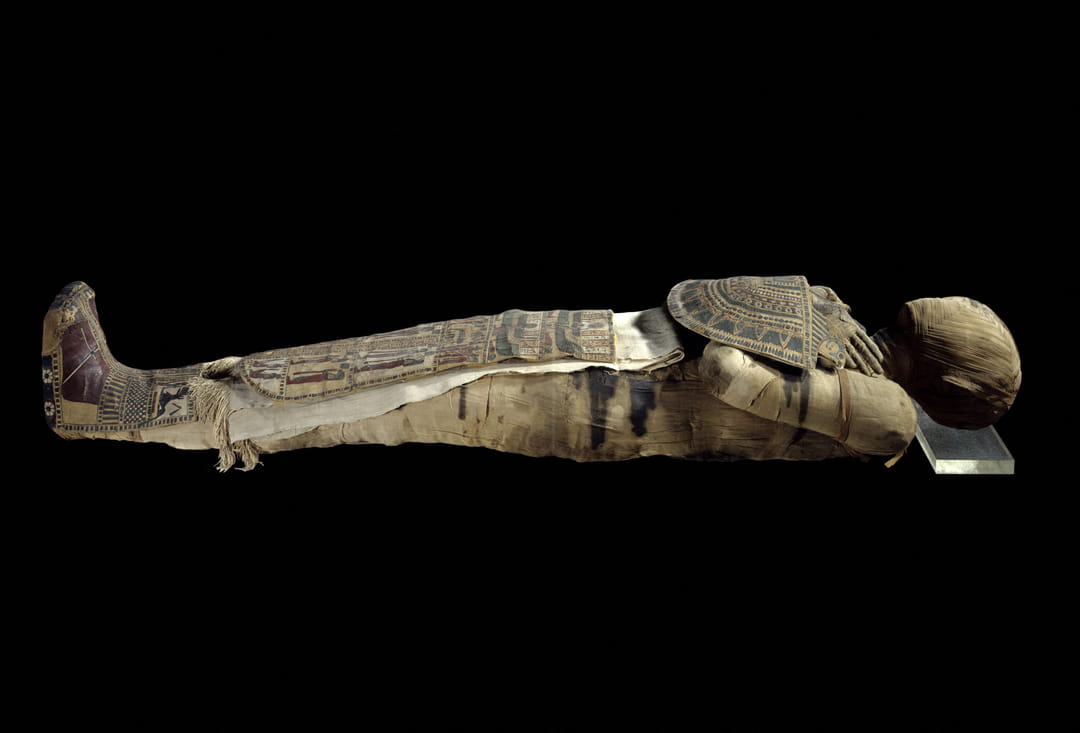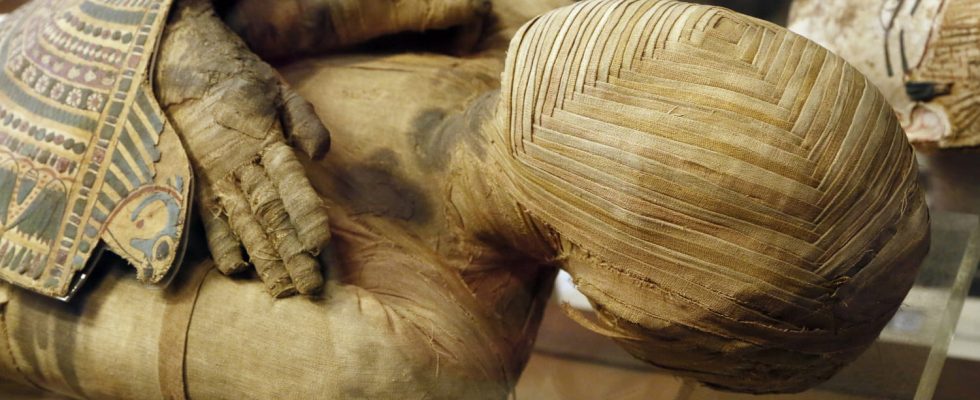At the Louvre, the mummy on display is one of the flagship pieces. This being said, a new law could have called into question its presence in the Parisian museum.
At the Louvre Museum, certain pieces stand out from the crowd. The Mona Lisa in particular but also the famous mummy. Many Egyptian treasures are exhibited in the Parisian museum but the mummy is a unique piece. It was discovered during excavations at Assiut in 1903, according to the museum website. The museum actually only has this single 166 cm mummy whose state of conservation is exceptional. She is surrounded by bundles of linen, vases and toiletries. She wore a magnificent silver necklace and earthenware amulets. If you want to see it, you have to go to the Sully wing. What would become of the museum without this incredible mummy?
A law, which came into force last December, could have called into question its presence at the Louvre. It concerns the restitution of human remains belonging to public collections. This law affects establishments such as museums, universities, archeology services, monuments, etc.

It aims to return to foreign states human remains which belonged to them, but the mummy was found in Egypt. The law is established with a concern for “respect for the dignity of the human person and the cultures and beliefs of other peoples”, as indicated Public life.
The request can thus be made by a State on a human group who were present on its territory and whose collection conditions infringe the “principle of dignity” (war trophy, theft, looting, desecration of graves, etc.) or whose conversation in collections contravenes “respect for culture and traditions”. This restitution is only accepted for funeral purposes and not for exhibition.
But don’t panic, you can still admire the mummy at the Louvre museum. To be returned, the human remains must also be those of a person who died after the year 1500, but the mummy is much older. It dates from the 3rd or 2nd century BC, i.e. from the Ptolemaic era. It is therefore not affected by this new law. His identity remains uncertain: he is an adult man. Some give him the name Nenou and others call him Pachery. Whoever it is, the mummy will therefore stay where it is and is not about to leave the Louvre.
